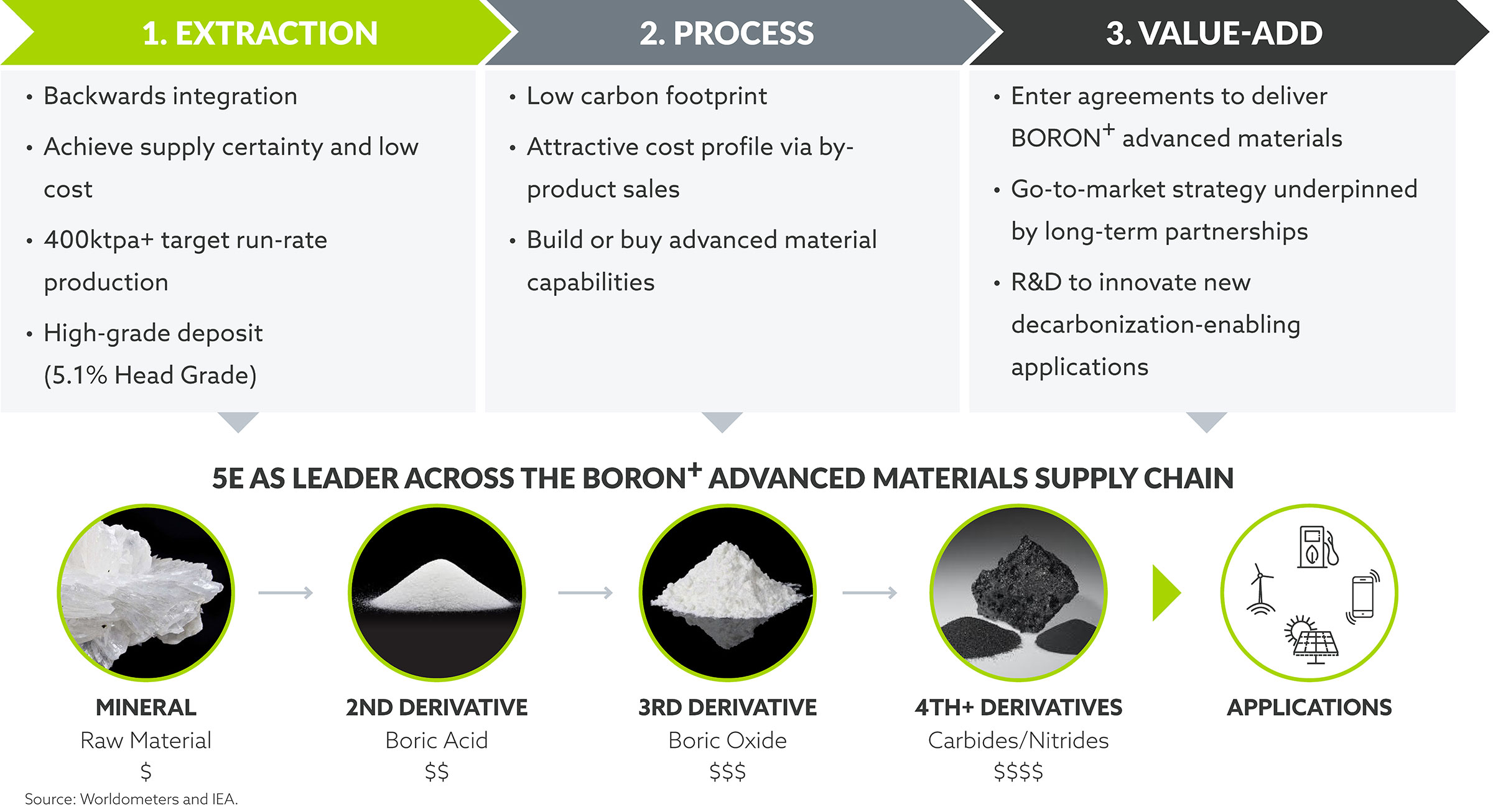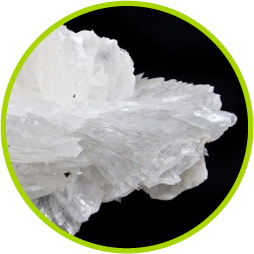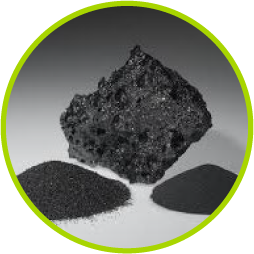Boron is the 5th element on the Periodic Table with a powerful combination of physical properties, including hardness, light weight, and heat resistance.
Boron can take the raw material form of ores and concentrates but can be further refined into higher-value specialty and advanced materials.
5E is focused on these specialty and advanced materials.



















